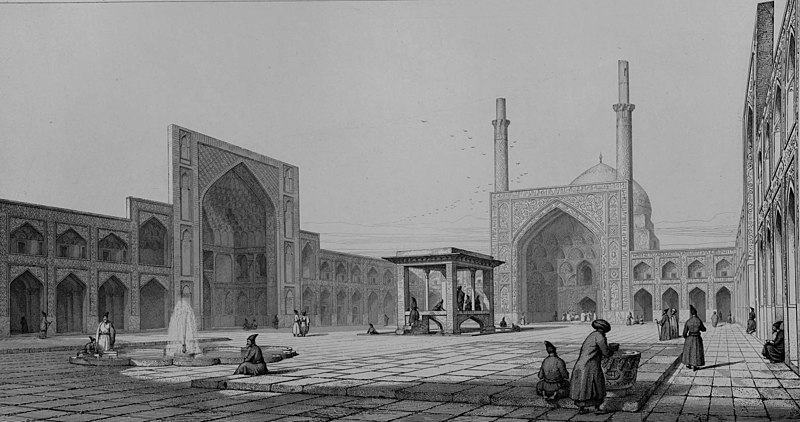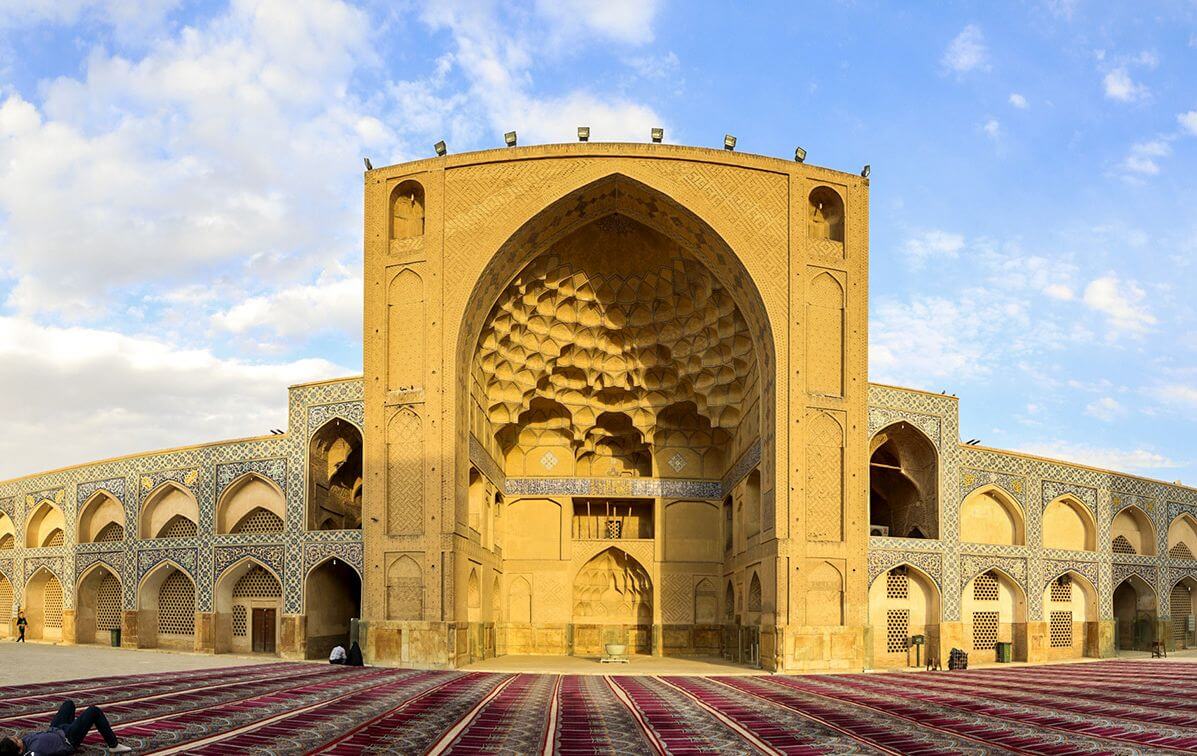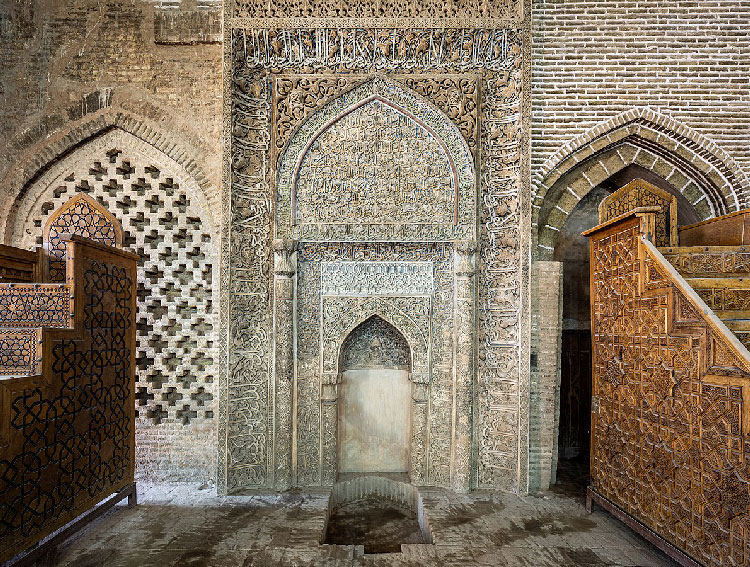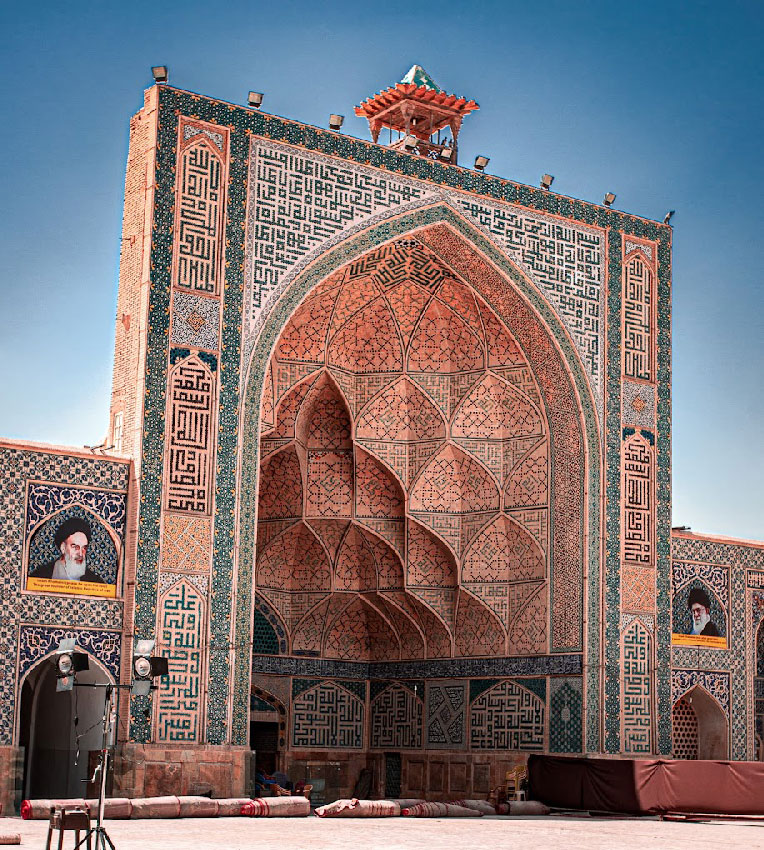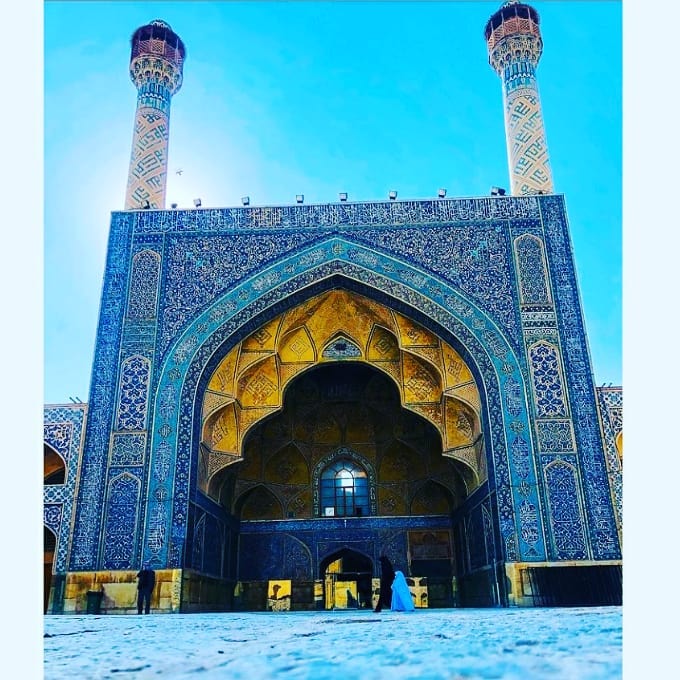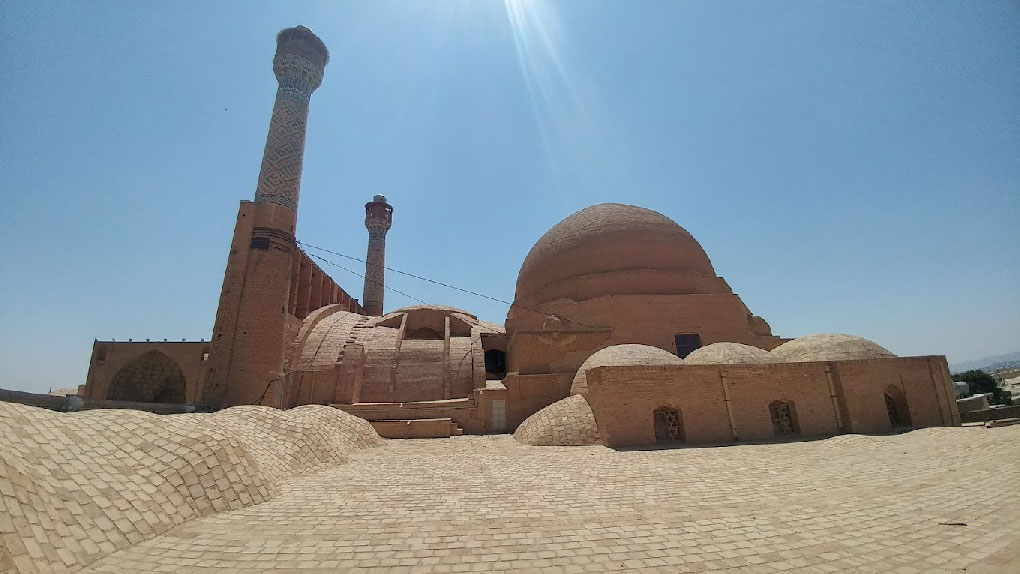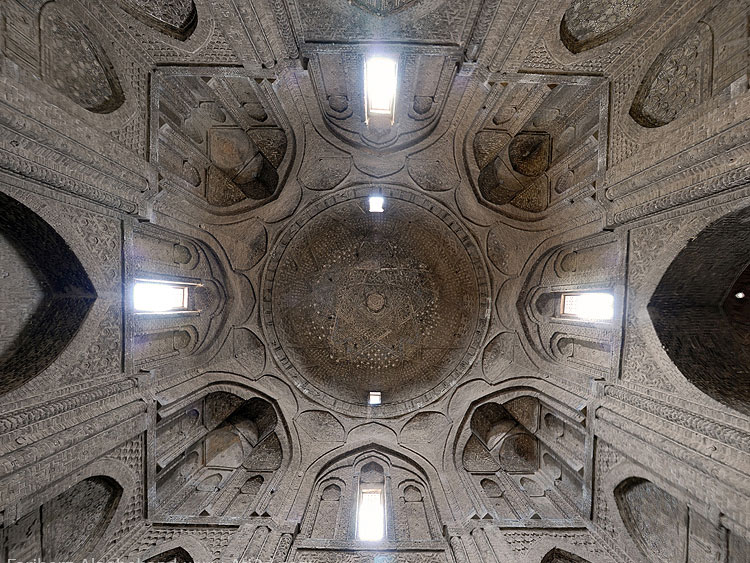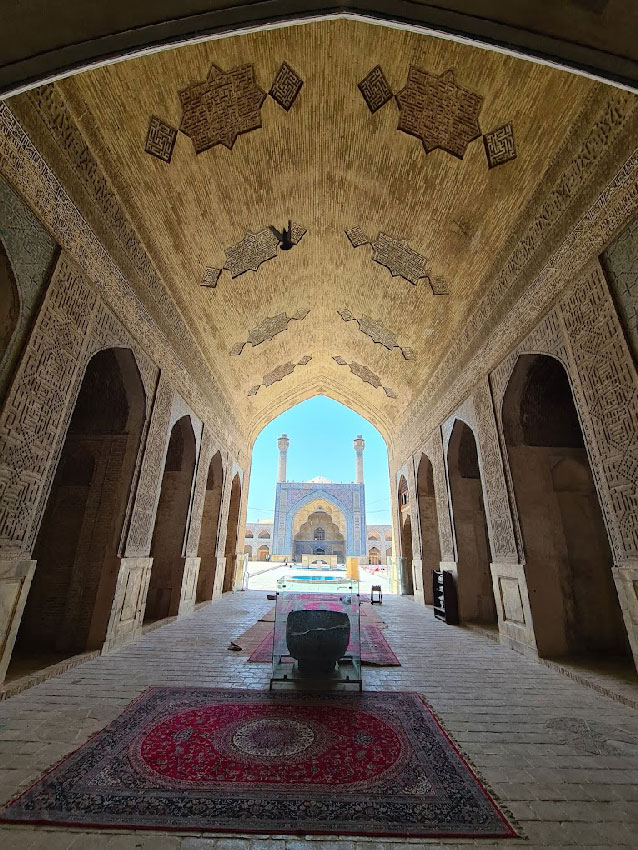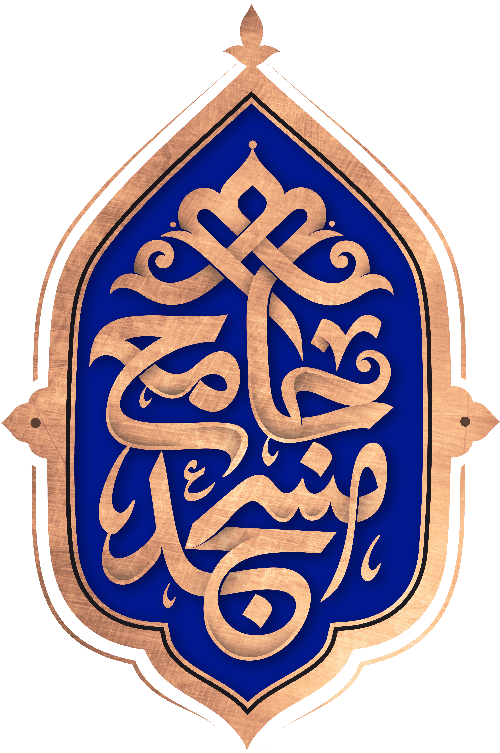Sultan Muhammad bin Baisanqar bin Shahrukh was the ruler of Isfahan during the Timurid period and ordered the construction of “Winter House”.
Currently, the congregational prayer of the mosque is held in this place under the leadership of Ayatollah Safi Isfahani.
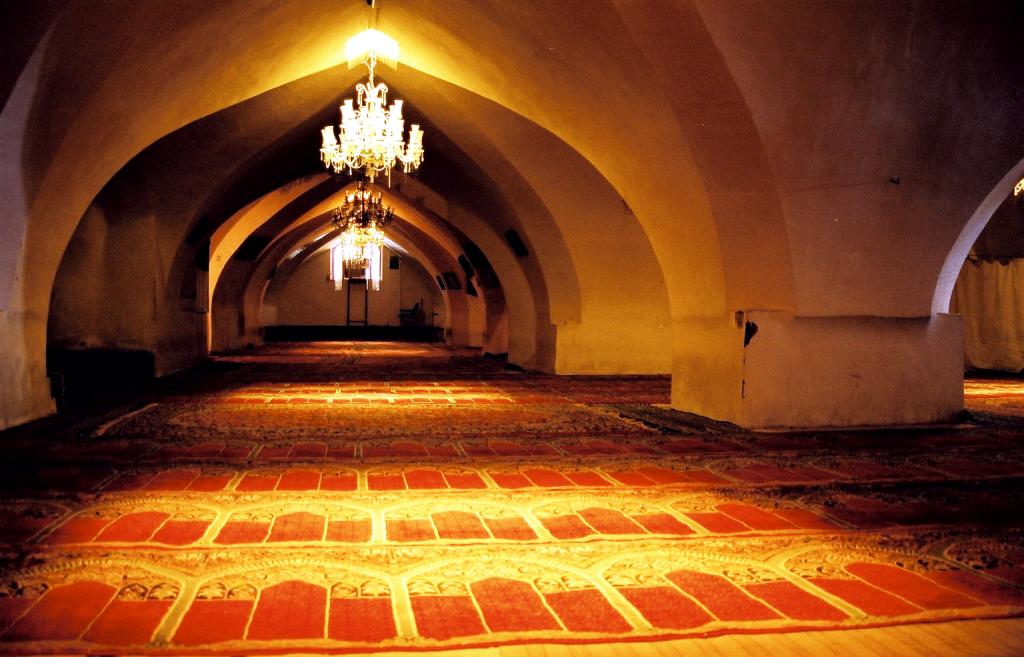
This building was built on the west side of the mosque and behind “Ivan Ostad” and next to “Shabestan Al-Jayto” in the style of “Razi” architecture. The normal shape and cross texture of the arches in this building prevented the heat inside the building from being transferred to the outside. In the same way, the space inside the building stays cool in summer and warm in winter. The flat roofs also allowed morning prayers to be held there. This Shabestan is designed like the Mozaffari school and consists of tall columns, Mongolian arches and tent-shaped roofs. In each of the fountains of the arches, pieces of marble have been used to increase the brightness of the space and absorb sunlight. This place has 18 fountain arches that spread light in natural gradients in the space. This coating system is designed to maintain the temperature inside the building during winter. The dimensions of this nave are 50 meters in length and 25 meters in width.
The entrance of the chapel is in the south of the “West porch“.” is located. During the reign of the Mughal patriarchs, “Al-Jayto” was assigned another door for this Shabestan. This Shabestan is covered with plaster and does not have any special decoration, but due to its special and unique architecture, it has special features. compared to other shabestans in Iran. Godar provides a date of creation for this shabestan and believes that this shabestan was built in 851 AH by Muhammad, the son of Baisanqar, by changing the facade facing the courtyard. Although in the year 880 A.H., during the reign of Uzon Hasan Agh Quyunlu, this part was decorated and remained in its current form.
As for the inscription of Sardar Shabestan, it is located in the northern part of “Ivan Ostad”. Tiling in this part is different from tiling in other parts. west side
The mosque displays an example of Timurid era tiling, which dates back to the 9th century A.H. and has significant differences from the tiling of this mosque. This inscription was made in the year 851 AH by Seyyed Mahmoud Naqash in Tholt script and on a lapis lazuli background. In this inscription, the name of Sultan Muhammad Bahadur, the son of Baisanqar, and also the name of Imad bin Muzaffar Varzaneh, one of the generals of Muhammad Bahadur, who were among the founders of this place, are mentioned.
